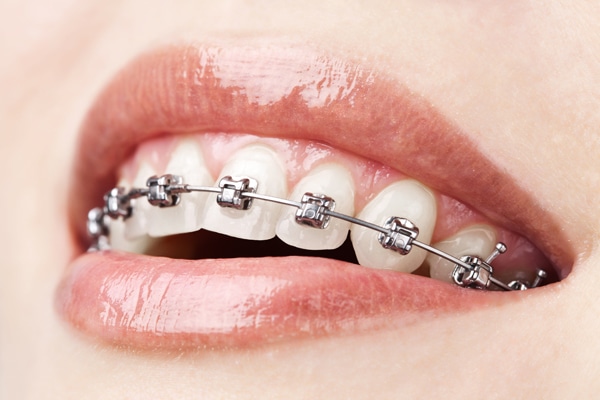As an orthodontist, Dr Boey has attended to many patients who have requested to have nice straight teeth with braces treatment. They also often come with some queries and issues that they wish to clarify and here are some common questions.
Q: It is common to see people having dental braces these days. Does everyone need them? Why do they have to wear braces?
People wear braces for a variety of reasons. The most common reason for orthodontic treatment with braces is to straighten out crooked teeth. Sometimes, the teeth may be protruding and require orthodontic treatment for correction as well. Other problems requiring treatment include spaced out teeth, missing teeth, improper bites and jaw disharmonies. Young children may occasionally have problems with tooth eruption, which may necessitate early orthodontic treatment.
Q: When is a good time to start braces?
For most people with crooked teeth but normal jaw growth, treatment can commence when most of the permanent teeth are out. This usually occurs between the ages of 11 to 13 years.
However, there are some instances when early intervention is needed. Some children have developing jaw disharmonies with abnormal jaw growth. Some have problems with permanent tooth eruption, either due to lack of space or misdirection of the teeth. In these situations, early braces treatment is required to assist the growth of the jaws or teeth. This can take place anytime from 7 to 11 years of age.
Very often, these problems go unnoticed, which is why the American Association of Orthodontists recommends that children should see an orthodontist at no later than 7 years of age.
Q: Are braces only for teenagers? Am I too old for braces?
Braces treatment is commonly done during the teenage years. This is a good age as tooth movement is more efficient in younger patients. In addition, the growth potential in adolescents may be beneficial during braces treatment.
Adults too, can benefit from braces as there is no age limit. Teeth can also be moved and straightened out successfully in adulthood.
Q: I want to straighten my teeth but I feel conscious wearing traditional metal braces. Are there other options available?
With more adults having braces nowadays, there is often concern about the visibility of metallic attachments on their teeth. Many adults request for braces that are less obvious, hidden or invisible. Indeed, there are numerous aesthetic alternatives to traditional metal braces.
One common solution is to use ceramic braces. These are tooth-coloured braces and are less visible at a glance. Up close, a thin metal wire may be seen threading through the braces. A new clearwire is now available in the market and this complements ceramic braces to create a totally tooth-coloured system.
Another solution is the use of lingual braces. These braces are attached on the inner part of the teeth. As the metal and wires are all hidden behind the teeth, one can see hardly anything when looking from the outside.
Invisible braces treatment is another aesthetic option for people who wish to straighten their teeth. This system consists of numerous clear plastic aligners that are worn over the teeth. Each of these aligners is custom made and helps move teeth into their desired positions. The aligners are hardly seen when worn over the teeth due to the transparency and clarity of the material used. In addition, Invisible braces are convenient and hygienic as patients can remove the aligners during mealtimes and whilst cleaning their teeth.
Q: I have heard that retainers need to be worn after braces treatment. Why is that so?
When orthodontic treatment is completed, the teeth are slightly unstable in their new positions. Teeth that have been moved have a tendency to return to their original positions due to the nature of the surrounding gum tissue.
In order to minimise this tendency, retainers are worn over the teeth to maintain their corrected positions. In the first few months, they are worn throughout the day, only to be taken out when eating and brushing. When the teeth positions stabilise after a few months, the retainers may then be worn only at night.
Author: Dr Boey Pui Yunn
